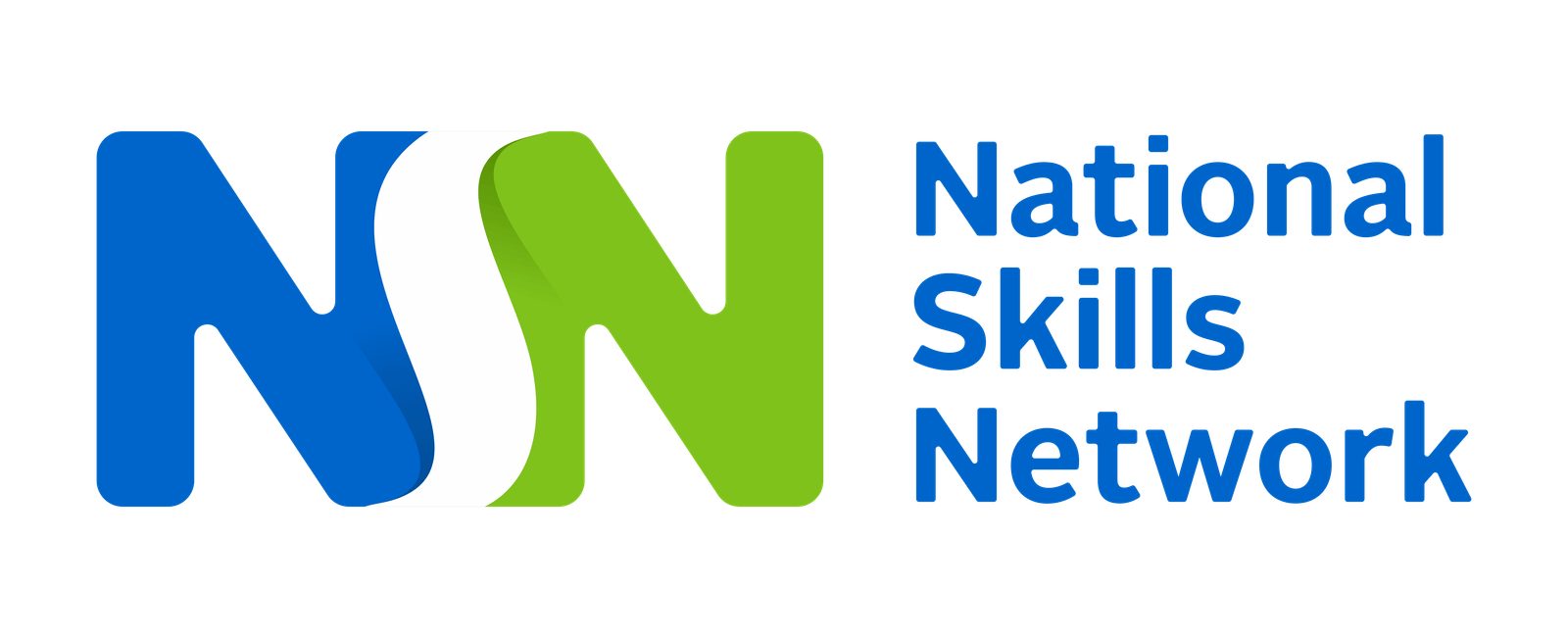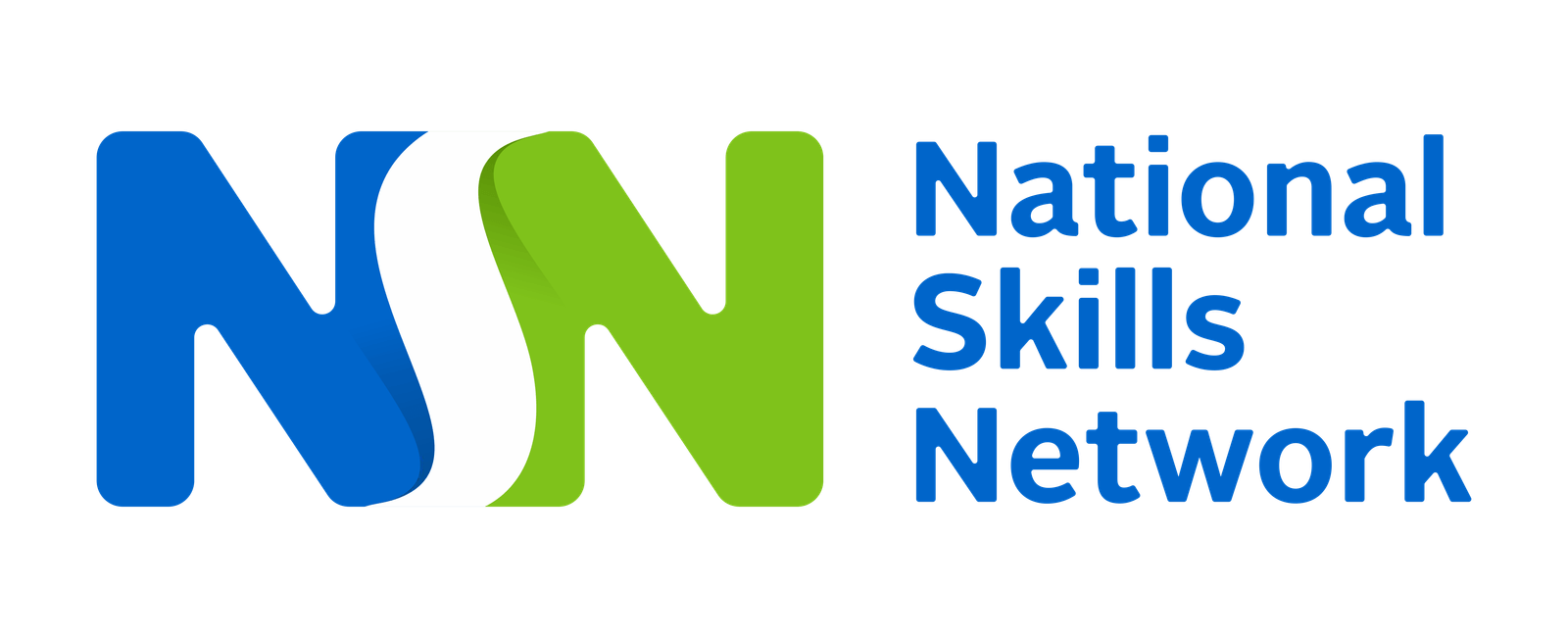The importance of setting up industry-aligned skill training centers in India is more pressing than ever! And this could expedite our efforts in making India the skill capital of the world and contributing to the Skill India mission.
India’s burgeoning youth population presents a tremendous opportunity for economic growth, but the country faces a critical challenge: a yawning gap between academic qualifications and industry-relevant skills. The alarmingly low vocational training enrollment rate, especially among young adults, as highlighted by the Annual Status of Education Report (ASER) 2023, underscores the urgent need for a paradigm shift in education.
According to the report, a remarkable 86.8% of 14-18-year-olds are enrolled in educational institutions. However, only 5.6% of these students are taking vocational training or related courses. While vocational training sees a slight uptick among college-level students, with 16.2% participation, the overwhelming majority of high school students, particularly those in the Arts/Humanities streams, lack exposure to skill-based education. This is further underscored by the gender disparity in STEM (Science, Technology, Engineering, and Mathematics) enrollment, where only 28.1% of females participate compared to 36.3% of males.
Need for skill training centers in the context of NEP 2020
The National Education Policy (NEP) 2020, with its ambitious goal of increasing the Gross Enrolment Ratio (GER), has laid the groundwork for comprehensive educational reforms. Yet, the recent Economic Survey’s spotlight on low employability rates among Indian students highlights the critical need for industry-aligned skill development. Skill training centers emerge as a compelling solution to bridge this gap, offering specialized programs that equip young minds with the practical expertise demanded by the modern workforce.
As a major step toward realizing India’s demographic dividend, the establishment of skill training centers across the country is imperative to bridge the skill gap, offering tailored programs that equip students with practical and industry-aligned skills. These centers can play a pivotal role in not only enhancing employability but also in fostering innovation and economic growth, ensuring that India’s youth are prepared to meet the demands of a rapidly evolving job market.
While setting up a skill training center might appear similar to starting any business, it is fundamentally different. It necessitates a collaborative effort, involving diverse stakeholders, and demands exceptional perseverance and resilience. Here are the steps that will help you get started.
How to set-up a skill training center: steps to get started
Concept, Research and Planning
- Demand identification by conducting a survey to understand what skills are needed in the identified region.
- Choice of skills and content development can include technical skills pertaining to specific industry along with 21st century or employability skills.
- Identifying the target audience in terms of their education and economic background such as their current status of enrolment and completion of the school or college programs.
Stakeholder engagement
- Form a board of experts, senior advisors, well-wishers and seek their advice and inputs for realizing the vision and implementation through multiple stakeholders like the government, industry, academia, and parents.
- Advisory boards comprising experts from industry, academia and government, network with industry and professional bodies and onboard adjunct faculty from the industry.
Financing, funding and fee structure
- Explore funding opportunities through self-financing, individual or organizational investments, government or international grants and CSR funds.
- Arrive at a fee structure for the skill courses by keeping in view affordability and outcomes for students from diverse economic backgrounds.
- Include pointers to ROI in the long-term business plan
Collaboration with academia and industry
- Interact with local industries and MSMEs to provide subject expertise through the latest knowledge-sharing and apprenticeships and internships for industry exposure, along with placements for suitable job roles.
- Explore schools and colleges to integrate the skill training courses in their curriculum as a part of NEP 2020 implementation for enhancing employability.
Legal requirements and compliance
- Registration of the skill training center as a private company, a non-profit organization of a trust, following the guidelines for establishing the center and meeting all regulatory compliances.
- Affiliation to an education institution, state boards of education or national organizations like NSDC and NCVET.
Physical and digital infrastructure and equipment
- Selection of the physical location with requirements for training such as building, classroom, practical labs, other necessary spaces, meeting safety and inclusivity standards.
- Secure the necessary equipment, tools, and instructional materials. The selection will depend on the types of skills you plan to offer.
Training faculty and administrative staff
- Onboard trainers and subject experts with industry exposure and experience for the skills you’ve decided to offer.
- Prepare the faculty with the latest teaching and training methods, technology-enabled facilitation, assessments and certification.

Technology integration
- Include technology adoption at the strategic level to provide ease of access to learning content, personalized learning and administrative efficiency.
- Explore cost-effective, open source software and tools to meet the budgetary requirements.
Industry-aligned curriculum, credits and assessments
- Design and develop the skill courses by aligning it with industry requirements and job roles as specified in competency based NSQF and curriculum details from Qualification Packs (QP) and National Occupational Standards (NOS).
- Design formative and summative assessments to track the progress and provide feedback and support during the learning process.
- Practice skill-mapping and adopt competency based curriculum, outcome-based education that defines the learning outcomes and align it with the National Credit Framework (NCrF).
Quality assurance and accreditation
- Validate the quality of the skill training course through dependable audits to ensure global standards.
- Approach regulatory bodies like NCVET for accreditation and recognition of the skill courses.
Marketing, promotion and outreach
- Create awareness about the skill training center through strategic marketing that involves online, print and blended channels.
- Leverage the presence of niche online platforms to keep yourself updated.
- Engage with professional communities, parents, influencers through events, discussions, webinars and workshops.
Monitoring and performance evaluation
- Initiate measures to seek feedback from all stakeholders to ensure effectiveness and efficiency of curriculum, programs and processes.
- Evaluate the effectiveness of the programs with parameters such as job market readiness, employability, and career growth.
Growth and expansion
- Consider expanding your skill training center to other locations only after a thorough study of the present center and its impact.
- Explore collaboration with other training organizations to collaborate based on shared purpose and business goals.
Apart from establishing a new skill training center, existing training centers can also be upgraded. By implementing strategic changes and focusing on specific areas, these centers can elevate their offerings and impact. Upgrading an existing skill training center can be done by following a few very simple steps.
Upgrading an existing skill training center
- Review and revise the existing courses and their content to match with industry expectations, curriculum standards and emerging trends
- Introduce new courses based on the job market requirements and make them easily accessible through blended learning
- Partner academic institutions to jointly develop new courses with support from the industry
- Invest in modern equipment and tools for practical, hands-on training
- Based on the nature of training, set up specialized labs with industry collaboration
- Make classrooms attractive with interactive whiteboards, digital devices and internet connectivity
- Adopt a blended approach to training by developing e-learning courses of buying and integrating them with the skill courses
- Integrate simulations and AR – VR – XR content for practical training
- Upgrade the knowledge and skills of the trainers and faculty through industry exposure, participation in professional events and encouraging lifelong learning
- Extend post-placement and career counseling services to students and alumni, updating them on new career paths
- Introduce sustainable practices for energy efficiency, waste management at the training center and its environs
Once the skill training center is successfully established, now it’s time to attract students. It requires a strategic approach to ensure long-term engagement with the students. It can be done through a few simple steps.
How to attract students
- Design demand-driven courses that have high value in the job market
- Clearly indicate job requirements, expected salary and perks after training
- Introduce scholarships and financial aid through skill loans
- Inform parents and the community through success stories and educational stories
- Do not promise 100% placement to avoid misleading the students
- Showcase industry partnerships in terms of faculty, curriculum and infrastructure
- Promote internships and apprenticeships along with skill training courses
- Highlight accreditation and compliance with global standards
- Showcase training facilities, modern equipment and infrastructure
- Build long-term relationships by making them the ambassadors of the programs
Skill training centers are pivotal in bridging the gap between academia and industry. It empowers individuals with the practical skills demanded by the job market. By meticulously planning, executing, and promoting these centers, it is possible to create a robust ecosystem that fosters employability, drives economic growth, and contributes to the nation’s progress.
Subscribe to our YouTube channel for more updates:
Subscribe on YouTube














Excellent post